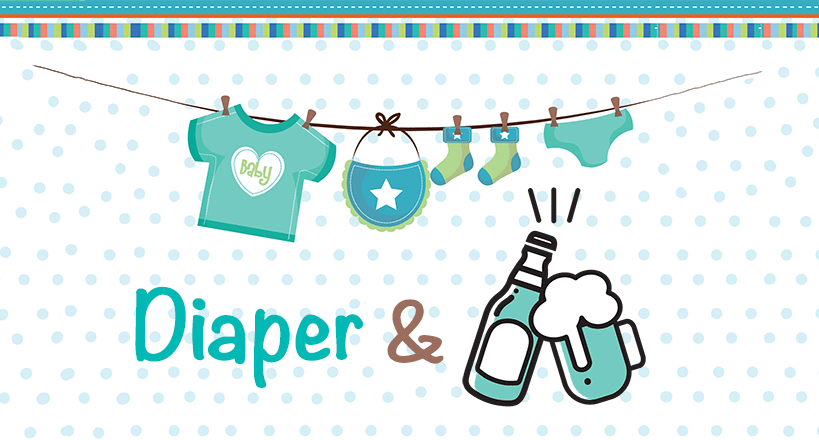
Want some beer to go with the diapers? See what AI can do in retail...
The Beer-Diaper story is an urban legend. No amount of searches on Google, I know I have done a few, will help you get to its origin. For its worth the most common version talks about how a store clerk noticed that young fathers on a late night diaper run were also likely to also pick up a six pack of beer. So the store moved the items closer and sales of both zoomed.
While the story itself might be apocryphal the underlying science is certainly not. The challenge of a retailer is to orient their store front in a way that customers find what they are looking for easily. Retail stores use visual merchandisers and planogram software to design the most optimum look for the store.
Product placement and improved sales are just two very basic reasons a retailer should be implementing planograms in their shops.
Planograms provide other benefits as well:
- Assigned selling potential to every square foot of space
- Satisfying customers with a better visual appeal
- Tighter inventory control and reduction of out-of-stocks
- Easier product replenishment for staff
- Better related product positioning
Any good retailer realises the key to increased sales is through proper visual merchandising and having right product assortment or mix. A planogram is one of the best merchandising tools for presenting products to the customer. If you are a small retailer, say one store, planograms are a bit harder to pull off. Planogram software is expensive as is hiring a visual merchandiser. If you are big box retailer the challenge with a planogram is that it creates a generic floor plan that is a best fit across all your chain stores.
Creating individual planograms for each store, or even each vending machine is not feasible. As it is virtually impossible to parse through data for each individual store or even vending machine. Until now that is.
Using data mining and AI algorithms it is possible to create individualised planograms for every single location, be it a store front or a vending machine. The reason individual planograms matter so much is because each location has a different demographic. Factors like temperature, socioeconomic status, the mix of population and age are just some of the factors that go into defining a neighbourhood. All of these characterise the kind of product mix that a retailer must carry for optimum sales. For a chain store it is not possible to factor in micro-localisation in their planograms. However, an individualised planogram will use all of this information as input to create the optimum retail sell space. It can recommend the perfect product mix, space allocation of those product mix as also price points to ensure maximum outtake each retail front.
Since it is data driven the planograms are free from any sort of biases, historical or human. They reflect only the best potential of the retail outlet in that location. Take what we have done with planograms for vending machines as an example. We have used AI and mathematical optimisation techniques to create fingerprint planogram recommendations for retail outlets. The results have been quite dramatic. In one example we have seen additional revenue of $2200 per annum by optimising a combination of space, flavour or drinks to be stored and the price points of the drinks. And this was for a vending machine.
On an average customers report an increase of 15 percent in revenue and decrease of 18 percent in restock costs once they deploy our AI-driven planograms across their vending machine fleet.
An AI-driven solution such as the one we have created helps address a dark spot in the market. Personalised planograms will help retailers realise profits where none existed.